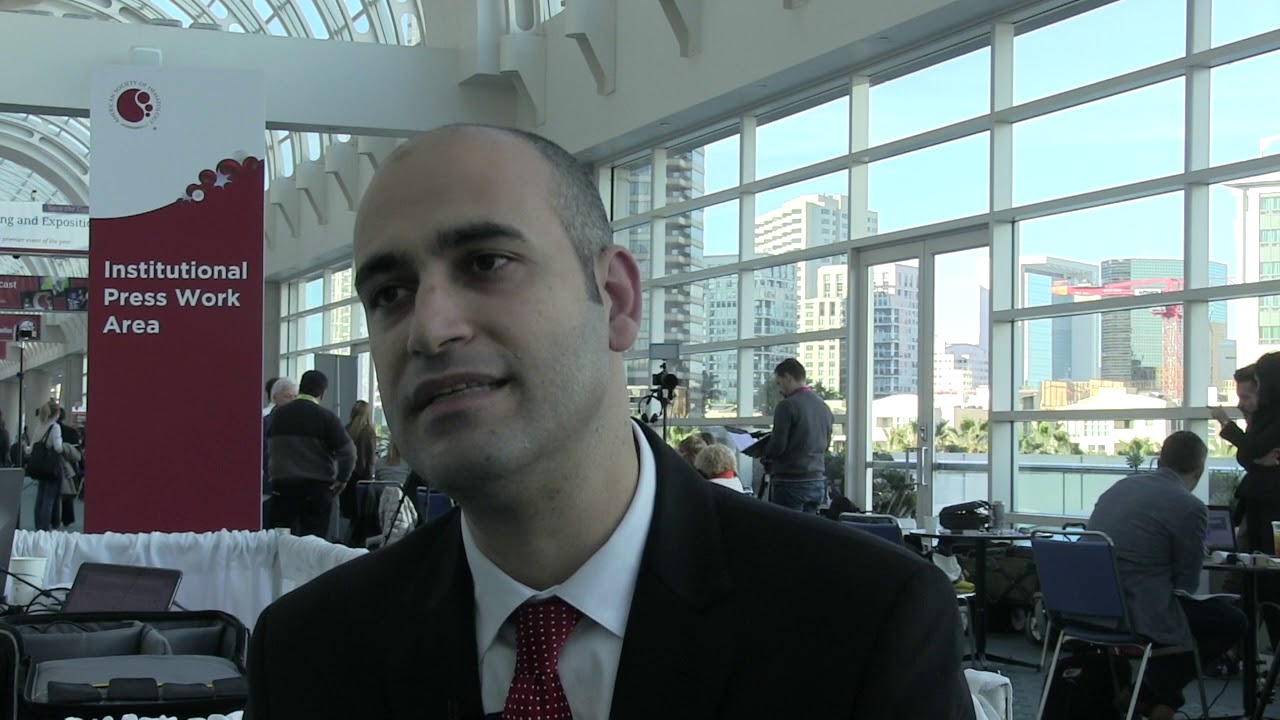The most common reason children with sickle cell disease (SCD) are hospitalized is pain crisis, and hospitalizations lead to missed days of school, emotional distress, and financial hardships for families. A group led by Farzana D. Pashankar, MD, MRCP, of Yale University sought to decrease days in the hospital due to pain crisis in pediatric patients with SCD by 40% over five years by implementing a multidisciplinary approach.
From September 2011 to August 2016, the study authors applied a multidisciplinary quality-improvement project using methodology termed “Plan-Do-Study-Act.” They identified key drivers of hospitalization for pain crises in the patient population and interventions that could have an impact.
All patients received individualized home pain plans, emergency room and inpatient order sets, inpatient daily schedules, and a psychoeducation and biofeedback program. High utilizers, defined as patients who had four or more admissions per year, also received an individualized SCD plans and were assigned to a mental health professional. The high utilizer group later was expanded to include at-risk patients who had three admissions per year.
The research group gathered data on all patients age 0–21 years old who were admitted for SCD pain crises, and they focused on number of days in the hospital, as well as 30-day readmission rate. The study began with 216 patients in the first year, and the sample grew 14% over the five-year period. Overall, 122 patients were admitted for pain crises during the study timeline (48% male with a mean age of 11 years).
The number of patients admitted decreased from 55 patients (25.4% of total SCD patients) before the intervention to 33 patients (13.3% of total SCD patients) in the final year of the intervention. In addition, the number of admissions decreased from 148 before the intervention to 86 in the final year of the intervention (a 54.7% decrease). The number of days in the hospital decreased by 61%—from 59.6 days per month before the intervention to 23.2 days per month in the final year of the intervention. Furthermore, the number of patients defined as high utilizers decreased from 13 to seven. Finally, the 30-day readmission rate fell from 33.9% to 19.4%.
The authors said that the decrease in admissions and days of hospital stays led to an overall annual savings of $555,120 in direct hospital costs. They concluded that “a dedicated team effort with simple interventions had a significant impact on the well-being of the entire SCD population, but especially those who were more frequent utilizers of the healthcare system.” They also encouraged other institutions to apply the model.







 © 2025 Mashup Media, LLC, a Formedics Property. All Rights Reserved.
© 2025 Mashup Media, LLC, a Formedics Property. All Rights Reserved.